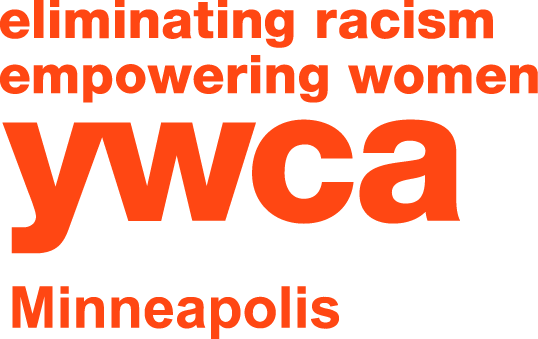Self-Massage Tools and Tips


I like to give my clients homework. Like most massage therapists, I remind clients to stretch and drink plenty of water to keep their muscles hydrated and relaxed. I also like to suggest self-massage techniques they can do between sessions.The best way to self-massage is to use a tool. Using your hands for self-massage is tempting -- they're always available! But it's not worth the risk of repetitive stress injury to those important joints. A tool can also help you access hard-to-reach spots more easily. Fortunately, a lot of tools can be improvised from inexpensive household objects.The first tool I usually suggest is a tennis ball, especially for neck and shoulder pain. Put a tennis ball in a sock so it doesn’t roll away, then lie on the floor with the ball between your body and the floor. If this is too much pressure at first, start by lying on a soft bed or by leaning against a wall. Gently lean into the ball and gradually increase pressure. Two tennis balls can apply pressure to either side of your neck or spine. I sometimes stay in this position for up to 20 minutes, but I recommend starting with five or ten minutes to start. More is not always better.For more specific work on more stubborn trigger points, try a golf ball, a rubber superball, or any other hard ball available. You can put any ball in a sock for static pressure or roll it on knees, forearms, the soles of your feet, or any other areas it feels good. Just remember that short sessions a few times a day are best -- pain doesn’t always result in gain.Since rolling a ball on a larger area like the thighs can be a bit awkward, I suggest rolling a rolling pin on quadriceps, IT bands and calves. This technique is effective at breaking up tight fascia. The wide, flat pressure is also more tolerable for people with ticklish quads and knees. You can also purchase a tool called The Stick. It's marginally more comfortable than a rolling pin, but I’m not convinced that it's worth the extra money. Opinions vary, however, so if you're interested, stop by a local sporting goods store and give "The Stick" a try.A tool that may be worth the cost is the TheraCane. As the name suggests, this self-massage device is shaped like a cane or crook and was designed to self-massage hard-to-reach areas. Because the massage balls protruding from "the TheraCane" are very small and hard, I find it's a little too intense for sensitive areas; it might be a better choice for people accustomed to self-massage than for beginners.Sore muscles need rest and ice. A plastic bag full of ice cubes wrapped in a towel gets cold and works better than any purchased ice pack. I also recommend keeping a few water bottles in your freezer. Rolling a frozen bottle on the soles of your feet provides gentle massage and relief for tired feet and helps alleviate symptoms of plantar fasciitis.You have likely seen the large foam rollers that are available for Pilates and other core strengthening exercises. Lying on a foam roller and gently rolling it along the length of your thigh helps break up tight fascia and trigger points in the IT bands. If you have very tight fascia, this will not feel good at first. It might feel like your skin is on fire. However, I can attest from firsthand experience that if you stick with it and do a little self-massage every day, it works very well. Start slowly and do a few minutes at a time until the discomfort is bearable.You might be thinking, "But, Sarah, by teaching us how to massage ourselves, aren't you putting yourself out of business?" Definitely not. Just as your dentist wants you to brush and floss between visits, self-massage will help you maintain good muscle health between massage therapy sessions. Most of these techniques are designed to be done only five or ten minutes at a time every day for a cumulative effect (again, like brushing and flossing). Since most people don't have time to come to see me on a daily basis, it makes sense for you to do it yourselves. And, since we won’t be starting from scratch at every session, I can help your muscles get back to normal more quickly.Do you have any other ideas for self-massage tools? Please let me know! I love hearing about new ideas that can be used to help people feel and perform their daily activities better and more pain-free.
